Created by an Intel CEO in the 1970s and adopted by Google a year after its creation, this methodology fosters companies' growth.
The most innovative companies use OKRs in their daily management: Google, Amazon, Linkedin, Airbnb, Netflix, Twitter, Facebook, Uber, Microsoft, Samsung, Dropbox, Spotify, and Panasonic. Mentioning them is a guarantee of effectiveness.

However, it is important to clarify that its use is not exclusive to large technology firms; organizations of all sizes and industries apply them or could if their purpose is to improve the efficiency and productivity of the teams.
What is the secret?
It is a practical and direct methodology that establishes continuous improvement and permanent feedback. Above all, it incorporates each team member to actively participate in defining the objectives, unlike other methods in which the people who lead teams establish them vertically.

This participation allows individuals to be involved, feel part of the results achieved, be permanently motivated to fulfill the objectives, and work as a team.
Managing Objectives
Objectives and key results (OKR) is a framework for managing objectives that help organizations to align their efforts in the same direction and facilitates healthy growth through:
- Defining objectives collaboratively.
- Sharing them openly.
- Clarifying the outcomes (impact) that are to be tracked.
- Facilitating learning and iterative improvement of effectiveness.
Martin Poncio, Head of Agile CoE, DirecTV Latam, argues that
"the richness of OKRs is that they are a super simple tool to focus on the value of a company, regardless of its scale."
But he warns that
"its complexity lies in its implementation. It could reveal the lack of agreement that may exist within the C-level about its value and even expose the shortage of a clear strategy. As always in Agile, the value is not in the artifacts, but in the conversations it generates."
Differences with traditional management by objectives
TRADITIONAL MANAGEMENT BY OBJECTIVES
- Lack of inspiration, motivation, and clarity on what to do or why to do certain things.
- Frustration at wasting time and energy on matters that do not prosper.
- Failure to fulfill commitments.
- Difficulty in prioritizing and focusing on key issues.
- Departments with objectives on conflict, overlapping or having unaligned dependencies.
- Difficulty in aligning management and teams.
OKRs METHODOLOGY
- Our customers are satisfied since we have a great capacity to listen and adapt our products to their changing needs.
- We feel more motivated and committed, being protagonists of the objectives and collaborating among teams to create synergy.
- We have goals that inspire us and give us the freedom to create and achieve extraordinary results, growing healthily and sustainably.
Benefits of implementing OKRs
Beyond management by objectives, this methodology allows us to:
- Focus on what we need to do to succeed.
- Make visible what stops us from growing.
- Improve our way of working in cycles of a maximum of one quarter, with meaningful measures of progress.
- Encourage cultural transformation through motivation, transparency, autonomy, and empowerment of teams.
Ingrid Astiz, CEO & co-founder of Wise Work (part of the Oxean ecosystem) and Agile specialist, highlights that
"OKRs are a way to make it more evident where the inefficiencies, misalignments and blind spots are, while at the same time we can use them to translate assumptions into hypotheses to test and to discover where we need to improve to be able to achieve ambitious goals."
If your company needs to have a greater impact on the expected results, involving the whole team, OKRs is the right methodology for you.
BONUS TRACK
To go deeper into the OKRs methodology, we suggest the book “Measure What Matters” by John Doerr, a pioneering developer who introduces the history of OKRs and conceptually frames its process. It is available on Amazon.
You can also contact us :





